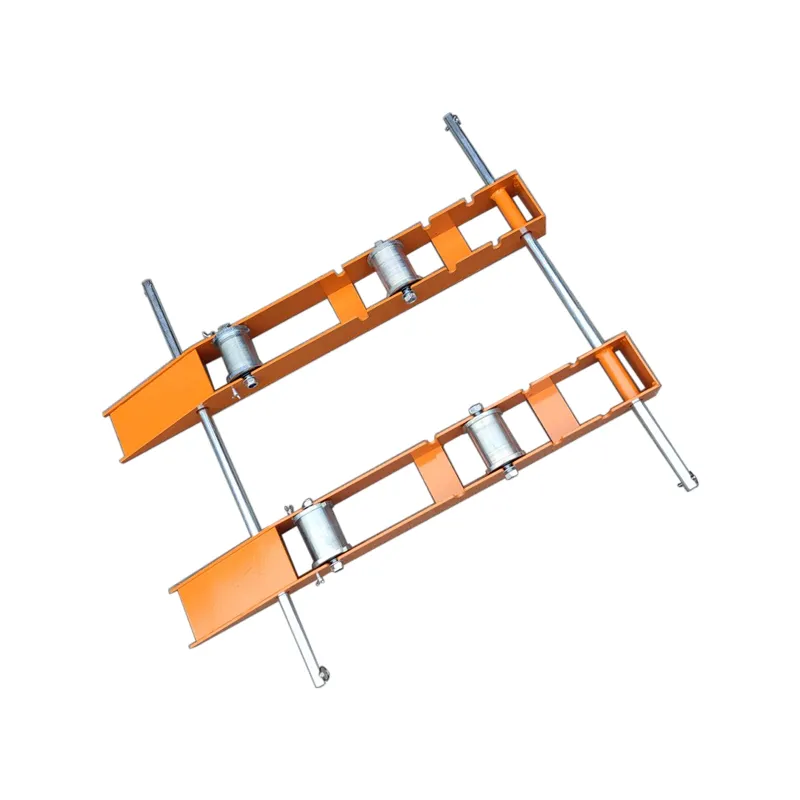
-
 Afrikaans
Afrikaans -
 Albanian
Albanian -
 Amharic
Amharic -
 Arabic
Arabic -
 Armenian
Armenian -
 Azerbaijani
Azerbaijani -
 Basque
Basque -
 Belarusian
Belarusian -
 Bengali
Bengali -
 Bosnian
Bosnian -
 Bulgarian
Bulgarian -
 Catalan
Catalan -
 Cebuano
Cebuano -
 Corsican
Corsican -
 Croatian
Croatian -
 Czech
Czech -
 Danish
Danish -
 Dutch
Dutch -
 English
English -
 Esperanto
Esperanto -
 Estonian
Estonian -
 Finnish
Finnish -
 French
French -
 Frisian
Frisian -
 Galician
Galician -
 Georgian
Georgian -
 German
German -
 Greek
Greek -
 Gujarati
Gujarati -
 Haitian Creole
Haitian Creole -
 hausa
hausa -
 hawaiian
hawaiian -
 Hebrew
Hebrew -
 Hindi
Hindi -
 Miao
Miao -
 Hungarian
Hungarian -
 Icelandic
Icelandic -
 igbo
igbo -
 Indonesian
Indonesian -
 irish
irish -
 Italian
Italian -
 Japanese
Japanese -
 Javanese
Javanese -
 Kannada
Kannada -
 kazakh
kazakh -
 Khmer
Khmer -
 Rwandese
Rwandese -
 Korean
Korean -
 Kurdish
Kurdish -
 Kyrgyz
Kyrgyz -
 Lao
Lao -
 Latin
Latin -
 Latvian
Latvian -
 Lithuanian
Lithuanian -
 Luxembourgish
Luxembourgish -
 Macedonian
Macedonian -
 Malgashi
Malgashi -
 Malay
Malay -
 Malayalam
Malayalam -
 Maltese
Maltese -
 Maori
Maori -
 Marathi
Marathi -
 Mongolian
Mongolian -
 Myanmar
Myanmar -
 Nepali
Nepali -
 Norwegian
Norwegian -
 Norwegian
Norwegian -
 Occitan
Occitan -
 Pashto
Pashto -
 Persian
Persian -
 Polish
Polish -
 Portuguese
Portuguese -
 Punjabi
Punjabi -
 Romanian
Romanian -
 Russian
Russian -
 Samoan
Samoan -
 Scottish Gaelic
Scottish Gaelic -
 Serbian
Serbian -
 Sesotho
Sesotho -
 Shona
Shona -
 Sindhi
Sindhi -
 Sinhala
Sinhala -
 Slovak
Slovak -
 Slovenian
Slovenian -
 Somali
Somali -
 Spanish
Spanish -
 Sundanese
Sundanese -
 Swahili
Swahili -
 Swedish
Swedish -
 Tagalog
Tagalog -
 Tajik
Tajik -
 Tamil
Tamil -
 Tatar
Tatar -
 Telugu
Telugu -
 Thai
Thai -
 Turkish
Turkish -
 Turkmen
Turkmen -
 Ukrainian
Ukrainian -
 Urdu
Urdu -
 Uighur
Uighur -
 Uzbek
Uzbek -
 Vietnamese
Vietnamese -
 Welsh
Welsh -
 Bantu
Bantu -
 Yiddish
Yiddish -
 Yoruba
Yoruba -
 Zulu
Zulu


Dec . 12, 2024 09:29 Back to list
generator earth rod
The Importance of Generator Earth Rods in Electrical Safety
In the realm of electrical engineering, safety is paramount. When it comes to generators, one critical component that often goes unnoticed is the earth rod. The earth rod, also known as a grounding rod, plays a vital role in ensuring the safety and efficiency of electrical systems, particularly in generators. Understanding the function and importance of generator earth rods is essential for anyone involved in the installation or maintenance of electrical systems.
What is a Generator Earth Rod?
A generator earth rod is a metal rod that is driven into the ground and connected to the generator's frame or electrical system. Its primary purpose is to provide a path for electrical currents to safely dissipate into the earth in the event of a fault condition, such as a short circuit or lightning strike. The earth rod serves as a grounding mechanism, preventing the build-up of electrical charge that could pose a risk to both the equipment and individuals in the vicinity.
How Does it Work?
When a fault occurs, the electrical current seeks the easiest path to the ground. Without a proper grounding system, this current can travel through metallic surfaces, leading to electric shocks, fires, or even equipment damage. The generator earth rod provides that safe pathway, directing excess current into the ground where it can be harmlessly dissipated. The effectiveness of this system depends on the earth rod's material, length, and the conductivity of the soil in which it is installed.
The Benefits of Using Generator Earth Rods
generator earth rod

1. Safety The most significant advantage of having an earth rod is enhanced safety. It reduces the risk of electric shock to individuals and minimizes the chances of fire due to electrical faults. 2. Equipment Protection By providing a safe grounding path, earth rods protect generators and other connected equipment from damage caused by voltage surges. This can prolong the life of the generator and reduce maintenance costs. 3. Improved Performance A well-grounded generator operates more efficiently. Grounding helps stabilize voltage levels, leading to better performance and reliability of the electrical system.
4. Regulatory Compliance In many regions, electrical codes mandate grounding systems for generators. Proper installation of earth rods ensures compliance with local regulations and standards, avoiding potential legal issues.
Installation and Maintenance
The installation of a generator earth rod should be performed by qualified professionals to ensure that it meets the necessary safety standards. The depth and placement of the earth rod are crucial; typically, it should be at least 8 to 10 feet deep in the ground to achieve effective grounding based on soil conditions. Regular maintenance checks are also essential to ensure its continued effectiveness. Over time, corrosion or changes in soil conductivity can impact the performance of the earth rod, making it necessary to inspect and potentially replace it.
Conclusion
In conclusion, generator earth rods are a fundamental aspect of electrical safety and performance. They protect both people and equipment from the hazards of electrical faults by providing a reliable and safe grounding mechanism. As the world becomes increasingly reliant on generators for power supply, understanding the critical role of earth rods will help ensure that these systems function safely and efficiently. Investing in proper grounding solutions is not just a regulatory obligation; it is a commitment to the safety and reliability of electrical systems in every environment where generators are used.
Latest news
What Are Construction Tools and How Are They Used?
NewsJul.11,2025
Professional-Grade Duct Rodding Tools for Superior Cable Installation
NewsJul.11,2025
Enhancing Safety and Efficiency with Modern Hot Stick Solutions
NewsJul.11,2025
Empowering Cable Installation with Advanced Rodder Solutions
NewsJul.11,2025
Elevate Your Cable Installation Projects with Cable Pulling Tools
NewsJul.11,2025
Efficient Cable Handling Solutions: Cable Rollers for Sale
NewsJul.11,2025











